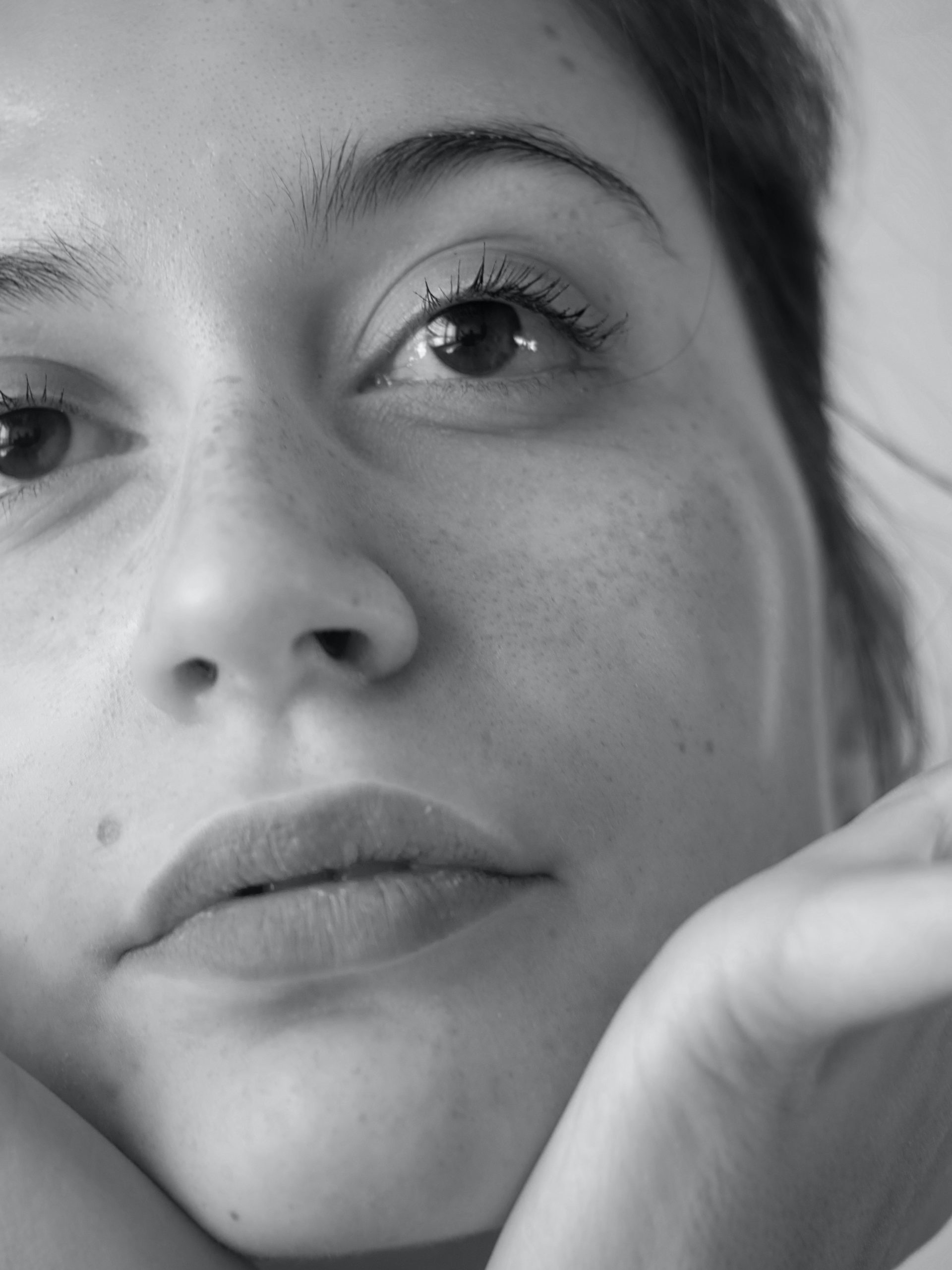
Thread Lift: Everything you need to know.
In 2016, Eva Longoria documented her threading experience on Snapchat catching the attention of the world media, creating a “thread lifting” storm. The procedure was then applauded on Gwyneth Paltrow’s very own goop as “the future of face-lifts”. But the thread lifts of by-gone days aren’t quite like the ones available today. Thanks to technological advances, modern non-surgical thread lifts are longer-lasting, safer, have lower downtime, and can actually help build collagen in the face.
What is a thread lift?
A Thread Lift is a type of procedure where temporary and dissolvable sutures (aka threads) are used to produce a subtle but visible “lift” in the skin. Instead of removing the patient’s loose facial skin surgically, a thread lift has the effect of pulling the skin back slightly and therefore lifting and tightening the face.
In addition to being ideal for lifting the skin, threads combat ageing in another way: by provoking the body’s “healing response” and causing the body to direct large surges of collagen to treated areas. This is important because of the vital role collagen plays in the ageing process.

”MODERN NON-SURGICAL THREAD LIFTS ARE DIFFERENT TO THE PREVIOUS OLDER TYPES; ARE LONGER-LASTING & OFFER MORE BENEFITS...
The Technology
The technology behind threads, has advanced significantly – however with the advancement in technology comes many different types of thread options which can make it really confusing when trying to navigate your way through these. Some are used for rejuvenation only while others are used for lifting and rejuvenation, some have specific techniques while others are strictly reserved for Doctors – so lets break down the four absorbable threads.
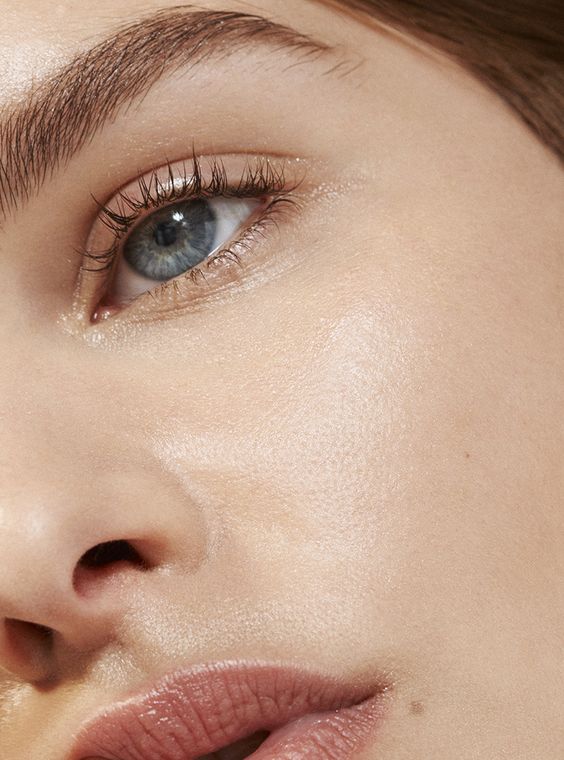
PDO (polydioxanone) Threads – do not provide lift to the face, but trigger the production of Type 1 collagen to restore volume (although some long threads do provide initial lift). PDO threads come in 2 short threads (most common) and long threads (provide initial lift) . Results last up to 6 months and are performed by specially trained Registered Nurses in all our clinics.
PLLA (Poly-L-Lactic) Threads – stimulates the production of collagen and hyaluronic acid to improve skin firmness and hydration. Results last for up to 2 years.
PCL (Polycaprolactone) Threads – offers long-lasting results. PCL threads stimulate both Type 1 and Type 2 collagen, not to mention hyaluronic acid. This provides better support to the face and benefits can last for up to 18 months.
APTOS threads are made of both non-absorbable (polypropylene) and absorbable (poly-L-lactic acid + caprolactone) material. Polypropylene threads are used in surgery as a suture material for more than 50 years, as well as Polylactic threads which are composed of fully absorbable, non-allergic material This provides the most advanced support to the face and benefits can last for up to 2 to 5 years and are performed strictly by APTOS certified Doctors in our clinics.
The Benefits:
Minimally invasive modern threads offer a range of exciting benefits for both the face and body such as face and body lifting, contouring and armoring, rejuvenation and collagen stimulation.
Superboost of Collagen
Firstly, threads trigger collagen production, which is essential for supporting “growth factors” that greatly influence the condition of our skin.
“As we get older, our bodies gradually produce less and less collagen, which leads to an 80% reduction in skin thickness by about age 70. This loss of volume and strength is a large factor in the creation of excess skin and wrinkles. As the skin grows weaker, it’s no longer able to support the tissues beneath it adequately, meaning that gravity pulls it downwards and stretches it”, explains Dr. Sarika Tiwari – an APTOS threads accredited practitioner.
“Infusing the skin of the face with fresh collagen when the signs of skin laxity are still mild can help to both reduce looseness (by thickening and hydrating the skin) and prevent it from getting worse (by strengthening the skin”. In other words, this process provides ongoing and progressive rejuvenation for the facial tissues.
Patients who have a thread lift for the purpose of stimulating collagen will notice a gradual improvement in their skin’s tone and firmness. While their threads are in place, the body’s healing response will be constantly activated because the body will want to “heal” the sutured areas and expel the sutures.
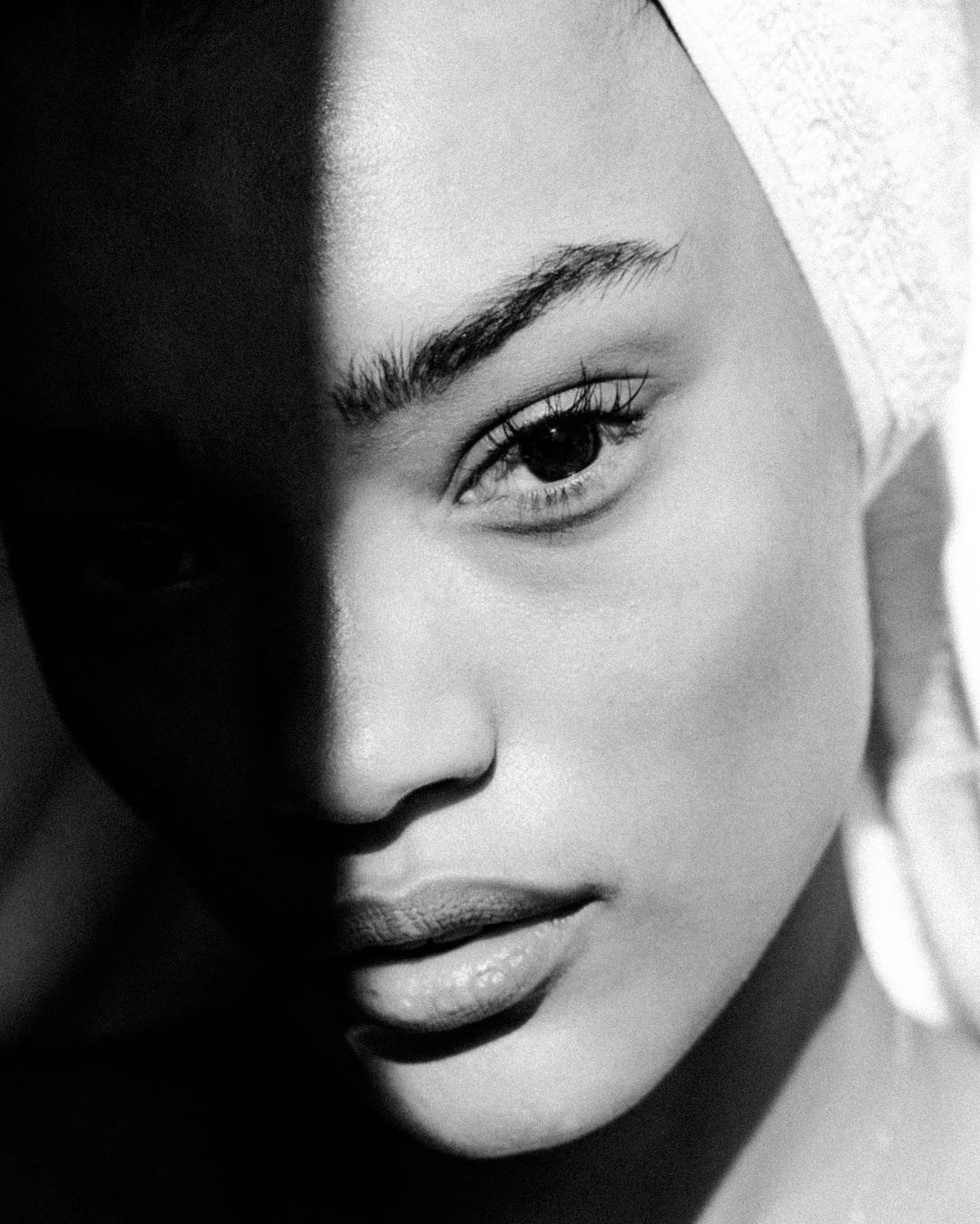
The body is biologically programmed to react this way when it senses any foreign object present within the dermis. Fortunately, because the threads placed under the skin during a thread lift are so small, the patient will not feel any of this happening. Most people cannot feel their sutures at all once the skin has healed around them.

Lift, Contour & Armour
Secondly, anchoring threads like APTOS are designed for lifting and are typically long threads. “APTOS threads provide longer lasting results as they resist the breakdown due to the unique combination of poly L-lactic acid and caprolactone. It takes up to 2 years for threads to dissolve but the effects of collagen production provide strength and structure to the tissues long after the threads have dissolved. They have bidirectional and multidirectional barbs which fixate on tissue and provide better and longer lasting lift and results,” explains Dr. Tiwari.
APTOS Thread is a minimally invasive cosmetic procedure to lift the saggy skin and tissues and is also used for contouring various body parts. They are unique due to several factors; they offer longer lasting results compared to other threads. It takes one to two years for threads to dissolve but the rejuvenating effects persist for a long time as the APTOS threads facilitate production of collagen in the skin which in turn provides structure and strength to the tissues. In addition they are also a much safer option compared to other cosmetic procedures for certain areas like nose as risk of arterial occlusion is not there as opposed to dermal fillers. They also offer natural results and keep the facial muscular dynamics intact.
It’s important to understand that while no lifting technique can produce permanent results, facelift surgery will usually produce longer lasting results than a thread lift. The results of facelift surgery can last up to a decade, whereas a thread lift will generally last from one to three years. However, because the thread lift procedure is so low-risk, patients who like the results of their thread lift can usually opt to have a fresh set of temporary sutures placed once their old sutures are absorbed by the body.
”MODERN NON-SURGICAL THREAD LIFTS ARE LONGER-LASTING...
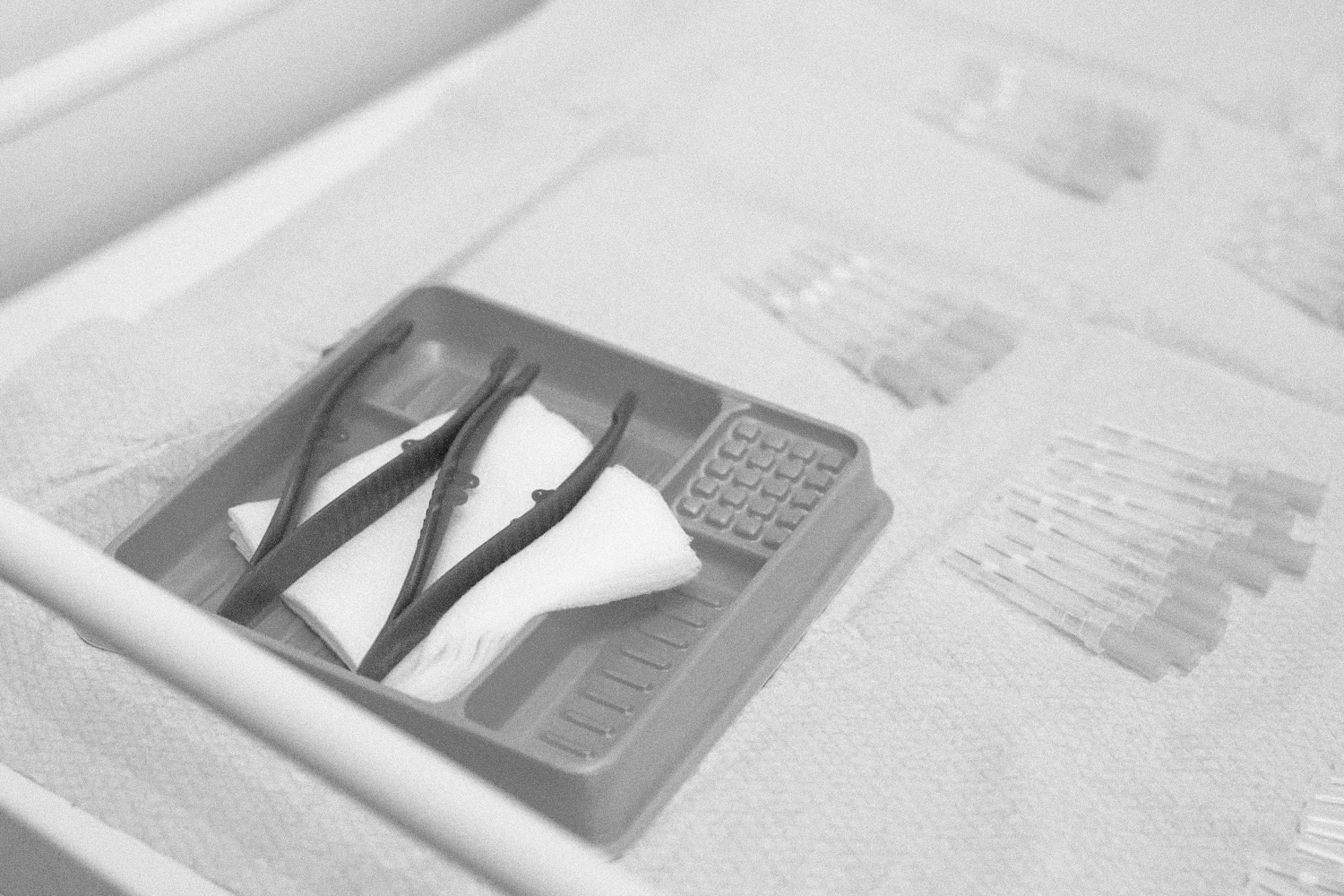
The Questions:
There are lots of questions when it comes to threads, techniques and when to look at getting a thread lift procedure. Often the best results include a multimodal approach to skin rejuvenation and prevention that’s why we offer a specialised range of therapies and treatments. Let’s look at some common questions we often get asked by our clients.
Do Threads replace Dermal Fillers?
No. Both PDO Threads and APTOS lifting threads are an important addition to the range of non-invasive aesthetic procedures in your medical practitioner’s toolbox. Often Dr. Tiwari advises patients to have their anti-wrinkle injections done 2 weeks prior to their thread lift procedure. This is so they have better outcomes and higher patient satisfaction when used in combination with
Here’s why: facial ageing is multi-dimensional and caused by a combination of skeletal, soft tissue, and skin changes that lead to soft tissue laxity and volume loss.
Dermal fillers are essential in restoring lost volume in the ageing face and are particularly helpful in combination with tissue tightening lasers like HIFU and thread lift procedures. Fillers used in combination with thread lifts also increase the longevity of the thread lift because of additional collagen stimulation.
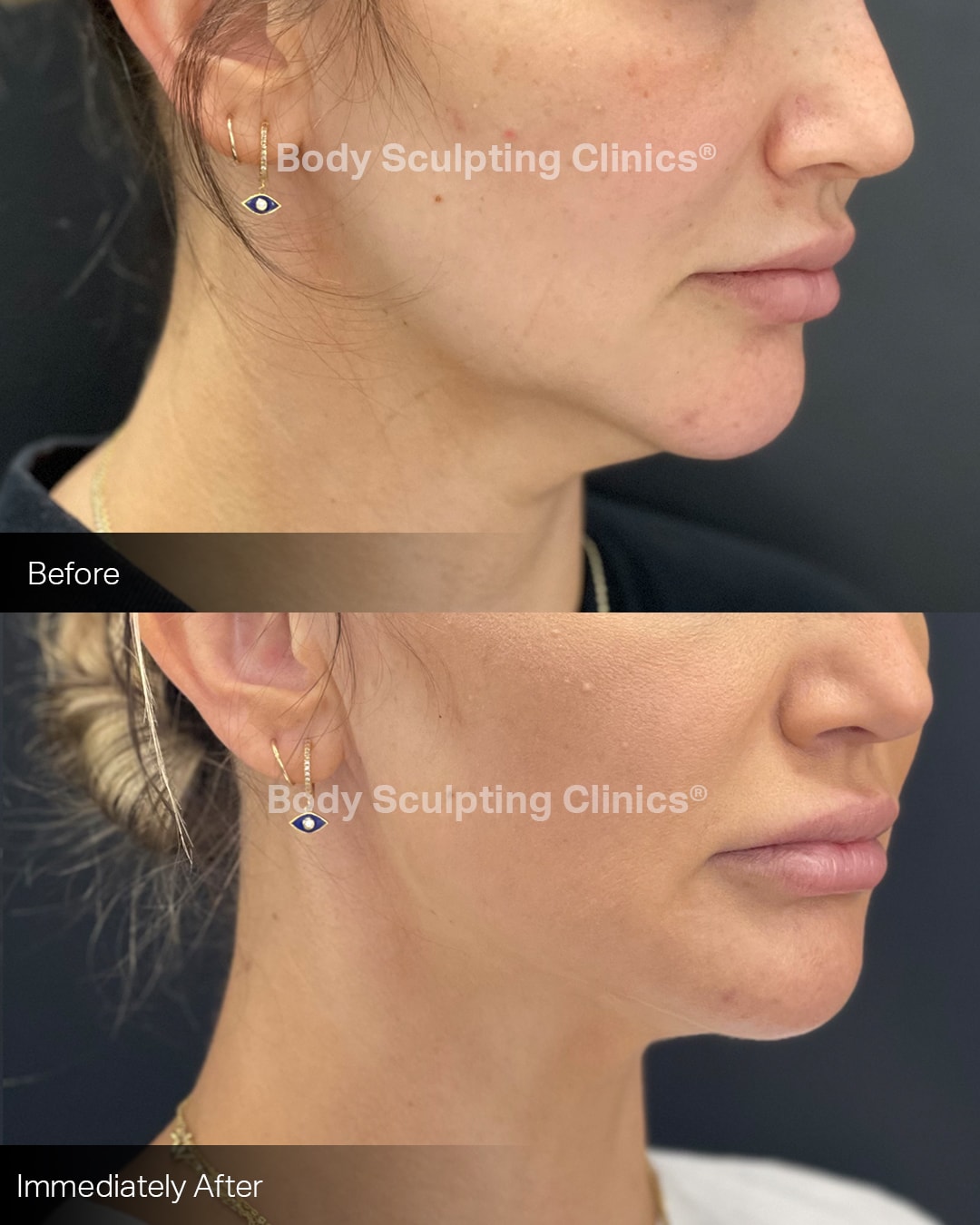
Who is the ideal candidate?
“Any adult patient can consider an APTOS thread lift, who have shown some signs of laxity and descent” says Dr. Tiwari. For optimum cosmetic results she typically suggests patients between the ages of 35-55 years, for more age-related sagging of tissues, APTOS nose correction (Rhinoplasty) and Eyebrow Lift procedures are popular with younger adults. Women can consider APTOS threads for skin laxity of the abdominal area after childbirth.
While there are some patients who simply don’t want or cannot undergo general anaesthetic and the associated downtime of a facelift and are happy to have non surgical APTOS thread lift.
Are thread lifts just for the face?
No. They are multipurpose and can be used to lift saggy tissues in the face, neck, abdomen, arms, but they can also be used to contour body parts like the nose and eyebrows. APTOS Rhinoplasty and eye brow lift procedures are becoming very popular these days.
What questions should you ask yourself before you get threads?
Are my expectations realistic? If you have severe laxity and want your skin lifted more than a few inches, this treatment is not for you. It is best to do a consult for surgery. This lift is subtle yet noticeable and is for someone who is mildly of this type of therapy preventing further skin sagging and addressing skin laxity but is aware that this treatment does not replace surgery.
Am I being responsible with my asks?
The Bottom Line:
Thread lifts can’t replace a facelift, but in combination with other treatments, they can help delay the need for one. To learn more about threads and to see if you are an idea candidate for a thread lift, book in to see one our specialist APTOS accredited Doctors.
To find out more information and a full range of our FAQ’s click on the link here and you can read more APTOS related FAQ‘s.
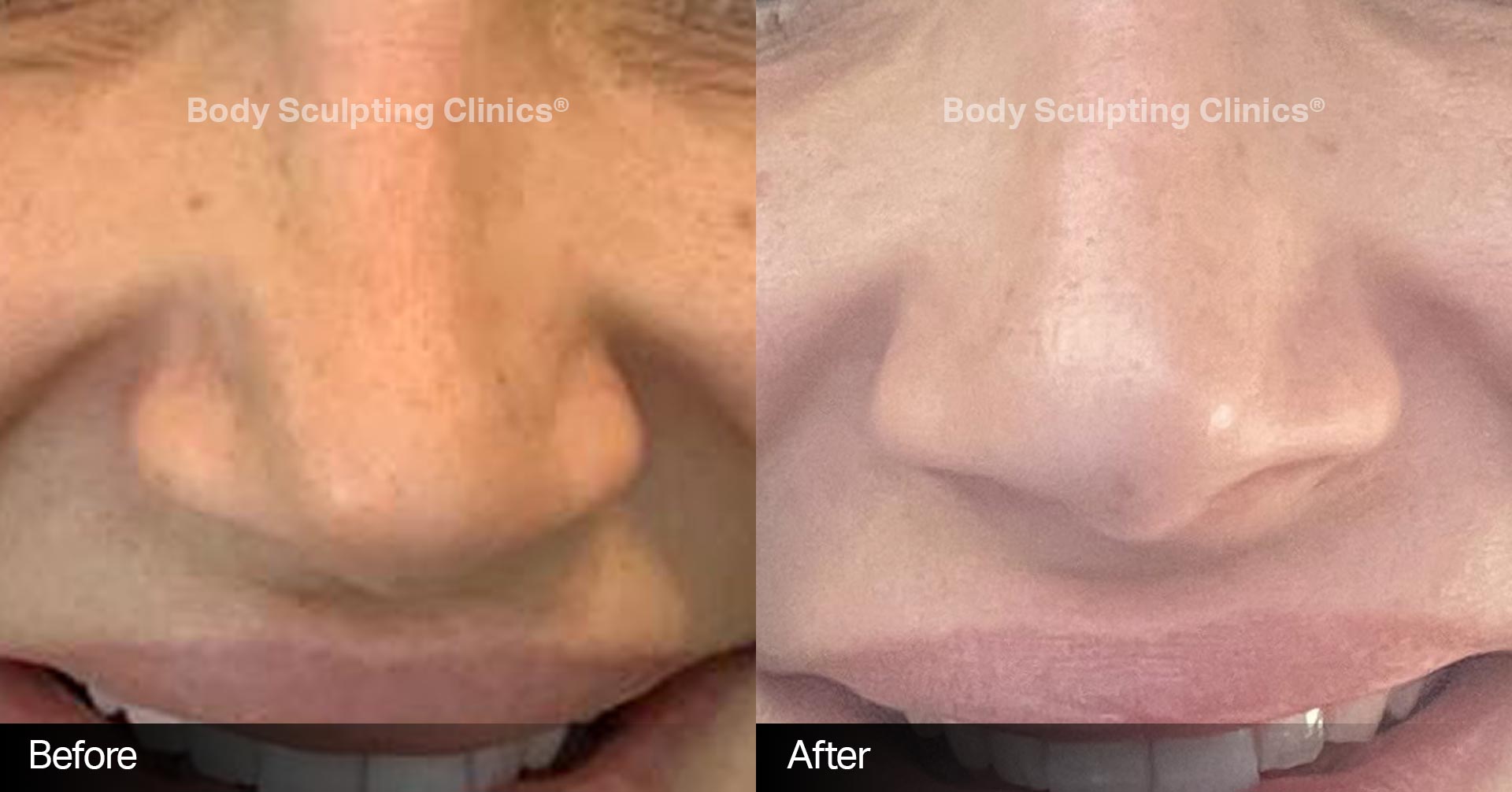
APTOS Threads Rhinoplasty (tip lift).
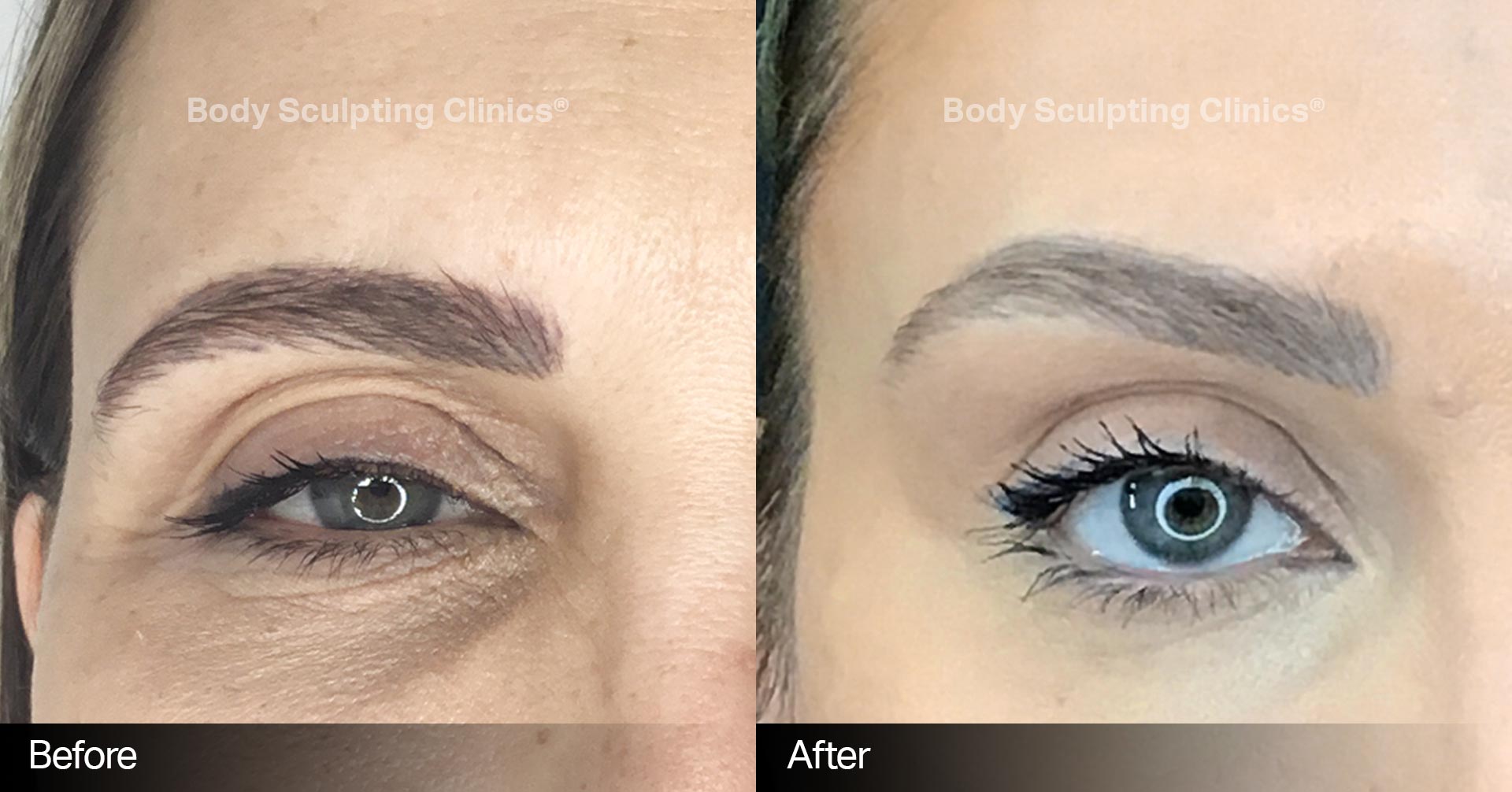
APTOS Threads Natural Brow Lift.
Hey there! Such a wonderful blog. This is just what I was looking for. It requires all the necessary information related to threads with great pictures. I will definintely others to read this blog. I really appreciate the time you invested in sharing this blog. Thank you for sharing this blog. Keep posting
By using PDO (Polydioxanone) threads, a number of results happen: the skin is instantly lifted; a collagen boost occurs where the texture of the skin is improved, which includes, yet is not limited to, the reduced appearance of fine lines and wrinkles; and the skin is tightened to reduce the appearance of tired, sagging skin. The entire procedure lasts around 60 minutes, with minimal downtime and instant results. The results of the thread lift can last up to 2 years, depending on your lifestyle.
I was told I’m not a candidate for thread lift because the threads would break ,are APTOS threads stronger for skin around the mouth and to smooth the neck ?
Hi Suzanne, fantastic question in short YES APTOS threads are the strongest thread on the market at this point in time. These are not made of PDO but of a different dissolvable material that dissolves over 2 years rather than 6 months (as with PDO threads). APTOS Threads are considered the last step before having a surgical facelift.
What if there is considerable puckering of the skin? Or there are lumps and/or depressions caused by the threads that are physically disfiguring which can’t be tolerated waiting for the sutures to dissolve in 2 years time?
If there are barbs in all different directions, how can these be removed once they’re embedded in tissue?
I suspect they would be impossible to remove, requiring surgical intervention?
Please advise what you would do?
Hi Jay, great question and thank you for asking this – it’s really important when considering thread lifting treatments to look for an experienced medical practitioner and one that is accredited by APTOS. Often the puckering is a result of poorly placed threads, there are non surgical methods to reduce the puckering and smooth the skin and can be treated effectively without the need for surgery. You can find more information here https://www.bodysculptingclinics.com.au/aptos/
What is the cost of threading for around the mouth, the Joel area and jawline. And do you have a clinic on the Gold Coast. Thank you
Hi Tracey, we recommend coming in for a consultation with one of our APTOS accredited Doctors, you can book online here they will be able to give an exact indication on price https://www.bodysculptingclinics.com.au/book-now-inject/
It was interesting to know that thread lifting is used to lift saggy tissues in many parts of the body. That’s probably why my sister wants to get a thread lifting. I should advise her to look for a clinic that specializes in cosmetic procedures.
Hi. I am interested in threads. How much is each thread?
Hi Susan, It really depends on what procedure you are wanting to do. We only use APTOS threads which are not PDO threads – there are long lasting and are only administered by specially you can find more information here APTOS Threads
What is the price of the altos threads plz
Hi Shayne, Thanks for reaching out the cost depends on what type of procedure you are having, the type of threads being used and really what type of outcome you are looking to achieve, what we recommend is booking in for a consultation with one of medical practitioners so they can assess the area correctly, identify if you are a suitable candidate, provide you with a cost estimate and more importantly all the necessary information so you can make an informed decision about your treatment plan, you can book consultations online by click the link here.
Cost plz
Hi Shayne, Thanks for reaching out the cost depends on what type of procedure you are having, the type of threads being used and really what type of outcome you are looking to achieve, what we recommend is booking in for a consultation with one of medical practitioners so they can assess the area correctly, identify if you are a suitable candidate, provide you with a cost estimate and more importantly all the neccessary information so you can make an informed decision about your treatment plan, you can book consultations online by click the link here.